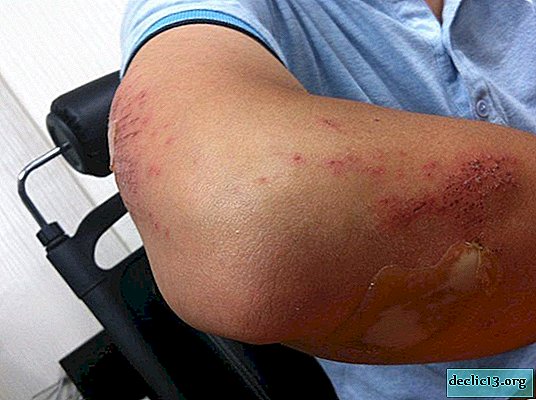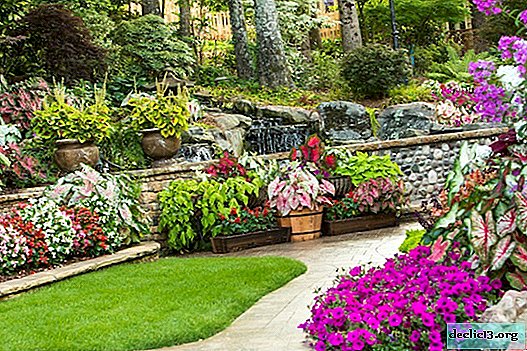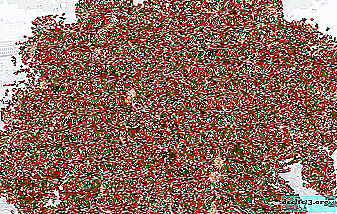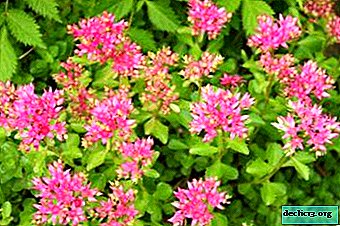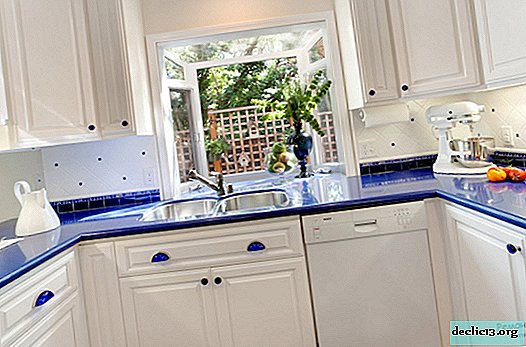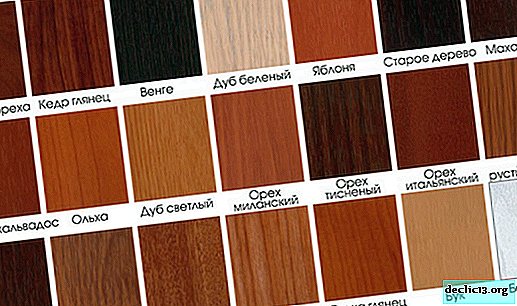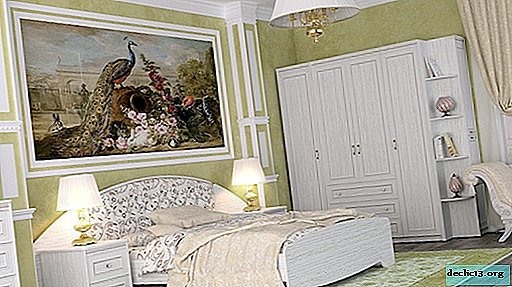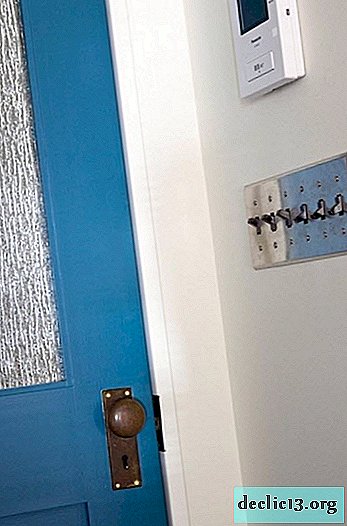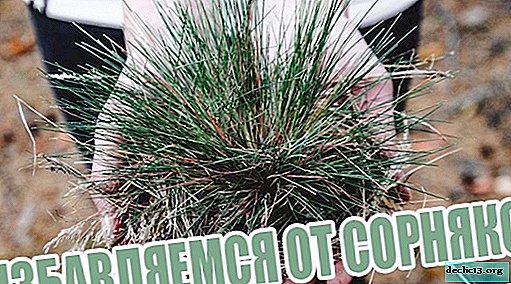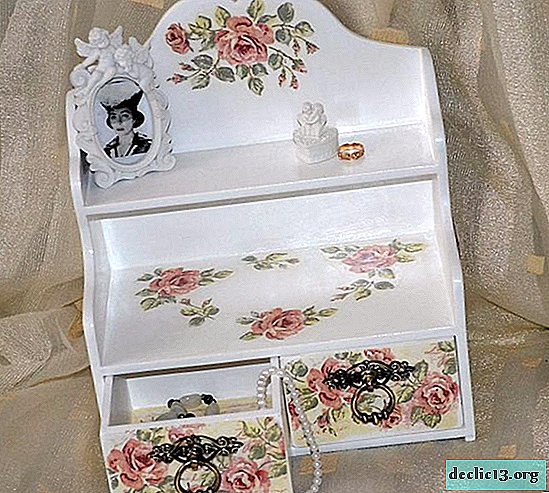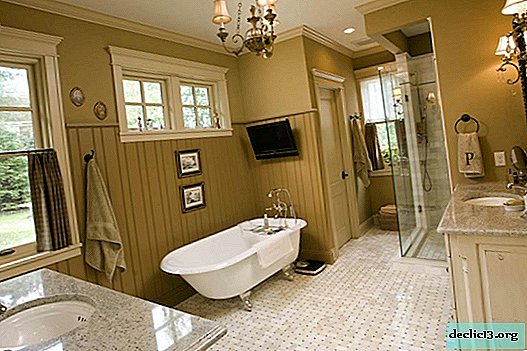Indoor begonia Cleopatra: how to grow a chic flower at home?

Begonia is called "girlish beauty" for its beautiful flowers and leaves. Begonia Cleopatra has all the advantages of begonias and is suitable for those who appreciate the charm and beauty of plants.
So let's get acquainted with the description of this beautiful and popular hybrid begonia, learn about pests and diseases that can affect this plant, what living conditions it needs and how to properly care for Cleopatra.
And also see in the article photographs of this flower.
Botanical description and history of indoor plants
This species-rich genus of the begonia family is distributed throughout almost the entire tropical and subtropical zone. The palm in the species diversity of begonias belongs to South America. Begonia is distributed throughout the tropical and subtropical zones. The largest number of begonias grows in South America.
The plant was named after Begon, the Governor of Haiti, a great lover and collector of plants, who organized the scientific research of the Antilles in the 17th century. In 1950, a Mexican species of small-leaved begonia appeared - the Bauer begonia (Begonia bowerae).
One of the hybrids of this species is Cleopatra begonia. There are other names for this plant, for example, Beverage Begonia.
Cleopatra begonia has dark green, pointed leaves towards the end, reminiscent of maple leaves (read about maple-leaved begonias here), and a thin stem covered with hairs. Plant height can reach half a meter. This begonia variety has its own characteristics:
- depending on the lighting, the leaves may have different shades;
- different color of leaves from different sides: green outer side and red (sometimes burgundy) lower;
- light small hairs covering leaves.
Cleopatra has pink flowers collected in a spreading inflorescence. The usual flowering period is January - February.
REFERENCE. Cleopatra has flowers of both sexes. Therefore, on the site of female inflorescences, small seed trihedral capsules ripen.Flower photo
Here you can find a photo of Cleopatra begonia, which is easy to grow at home.



Varieties
All begonias are conventionally divided into such varieties:
- decorative leafy indoor;
- decorative flowering indoor;
- decorative blooming garden.
Begonia Cleopatra belongs to the decorative foliage, and, like all representatives of this direction, has large leaves of a beautiful shape.
Where and how to plant her?
Lighting and location
Cleopatra needs diffuse lighting to grow well. Best plant will be on the west or east window. If this is not possible, and begonia grows on the northern window, then for the full development of the plant will need additional lighting with lamps. In contrast, blackout should be provided for the south window.
Soil requirements
You can use purchased soil specifically designed for begonias (slightly acidic, loose), or you can prepare the soil for planting yourself. To do this, coarse sand, perlite and peat in equal proportions must be added to the forest earth calcined in the oven.
Pot and drain
To plant begonia, you need to take a wide plastic flower pot, it should not be deep. Clay pots are not recommended for planting begonias because of the likelihood of roots growing into a rough surface. At the bottom of the pot should be placed drainage - expanded clay or pebbles. A third of the prepared soil to put on the drainage, then install the plant and fill up the remaining soil. Then pour the begonia with warm water.
How to care?
When taking care of begonia at home Do not allow moisture to stagnate in the soil. To do this, you should always make sure that the top layer of the earth is already dry before watering. It is best to water Cleopatra in the morning or in the evening to avoid burns on the leaves.
In spring or when transplanting begonias, pruning should be done - trim all elongated stems to 4-5 cm above the soil. For a correct and beautiful bush, the plant must be periodically rotated. For comfortable growth Cleopatra must provide an air temperature of 18 to 20 degrees.
IMPORTANT. If the air in the room where begonia grows is dry, then a container with wet gravel or sand should be placed near it, otherwise Cleopatra will begin to hurt.A couple of times a month is to feed the plant with mineral fertilizers. This is especially true for spring and summer. For top dressing, it is best to purchase fertilizers specifically designed for begonias. Top dressing can begin a week after planting. If the goal is to obtain flowering, then Cleopatra should be fed with a complete complex fertilizer, where there is more potassium than nitrogen.
Common Diseases and Pests
 Most often, begonia Cleopatra is sick with powdery mildew, caused by microscopic fungi. With this disease, the leaves become covered with a powdery-white coating. The disease begins with leaves closer to the ground, passing over time to the entire plant. Infection over time leads to decay of the plant. The development of the disease stops when sprayed with special protective preparations, such as colloidal sulfur or copper sulfate.
Most often, begonia Cleopatra is sick with powdery mildew, caused by microscopic fungi. With this disease, the leaves become covered with a powdery-white coating. The disease begins with leaves closer to the ground, passing over time to the entire plant. Infection over time leads to decay of the plant. The development of the disease stops when sprayed with special protective preparations, such as colloidal sulfur or copper sulfate.
For Cleopatra, as well as for other varieties of begonia, a fungal infection is characteristic, which appears on the leaves with spots of rot. Most often this occurs when the temperature is violated. In case of a disease, it is necessary to remove the infected areas and treat the plant with a fungicidal preparation (a chemical preparation from the pesticide group).
Cleopatra can be affected by pests such as scale insects, thrips and spider mites. Scutellaria is a small insect that resembles a shell or flat aphid. This parasite sucks the juice from the plant, resulting in drying of the leaves, and then the death of the plant. In the early stages of infection, spraying with insecticides is enough. If the disease is noticed late, then the scab should be removed mechanically, and then the begonia should be sprayed with the actara solution. Spraying will need to be repeated several more times in a break of a week.
Thrips, small parasites, cause the appearance of yellow or discolored spots and stripes on the sheets, which subsequently leads to the death of plant tissue. You can get rid of the disease using an insecticide solution.
If begonia will be kept at elevated temperatures and in the absence of the desired humidity, then a spider mite is more likely to appear. This parasite eating the plants can be seen by the thin web between the leaves. Acaricides and insectoacaricides will be effective against the pest.
Propagation Features
Begonia Cleopatra can be propagated in the following ways:
- Cuttings. In this case, it is necessary to cut the stalk about 5 centimeters and place in water or a special substrate (peat, sand and sphagnum moss in equal proportions) until the roots appear. After that, transplant into a pot.
- The seeds. The process begins with sowing seeds on loose soil, which are slightly pressed into the soil. A container with moistened soil is covered with a film and placed in a warm place. When sprouts appear, the protection from the film gradually begins to be removed. The best time for this option is from December to March.
- By sheets. It is necessary to cut the leaf with the petiole and after processing the cut with root, place it in the soil. Once every two weeks it is worth feeding young begonia with liquid fertilizers.
The plant can reproduce at any time of the year, but it should be noted that rooting is easier in the spring.
REFERENCE. In the 20th century, Russian scientists found that the volatile excretion of begonias is active against many molds, and in a room with begonias the total number of bacteria decreases by 70% in a week, and staphylococcus - by 60%.Conclusion
With proper care, begonia Cleopatra lives up to 4 years, creating a mood and healthy atmosphere for its owners.


